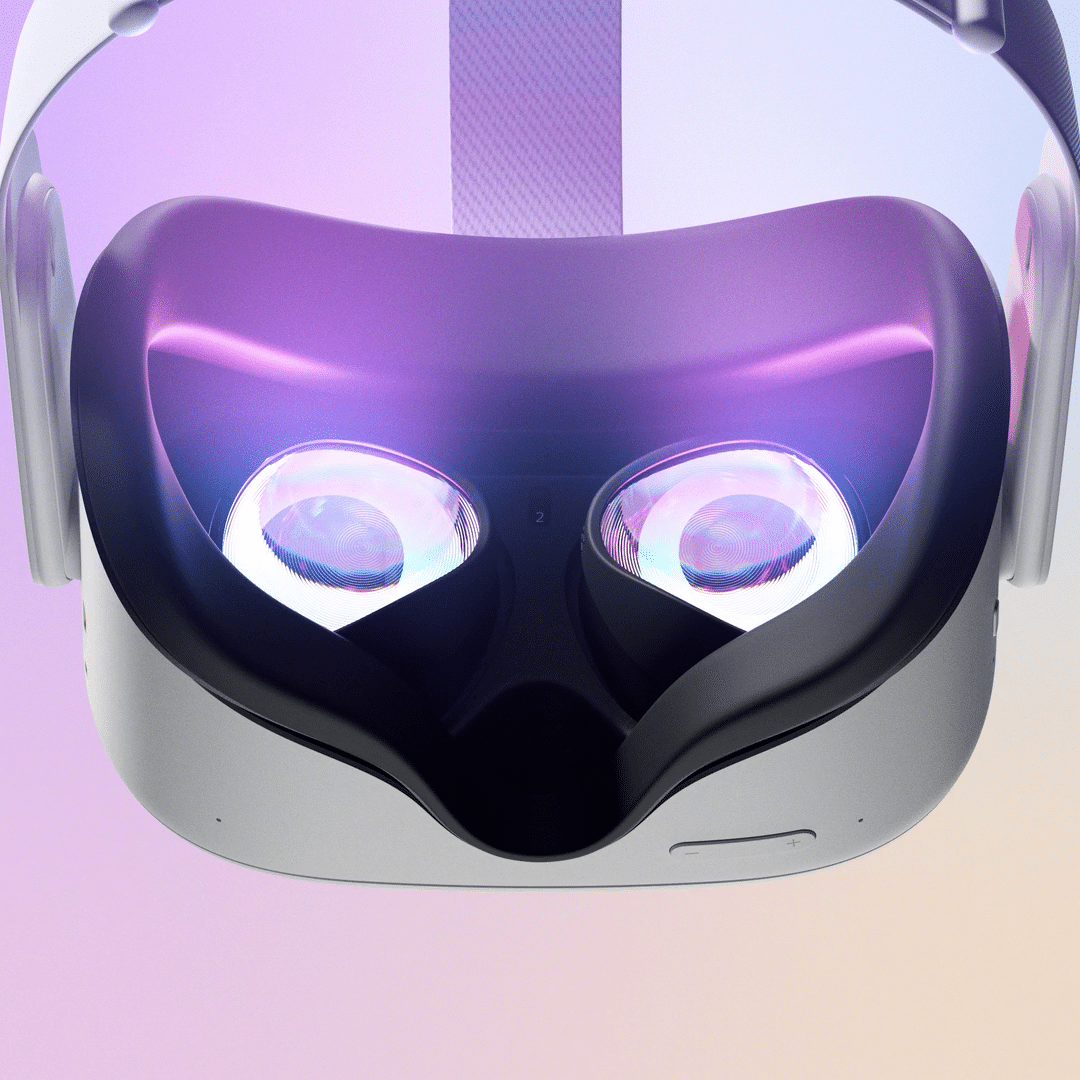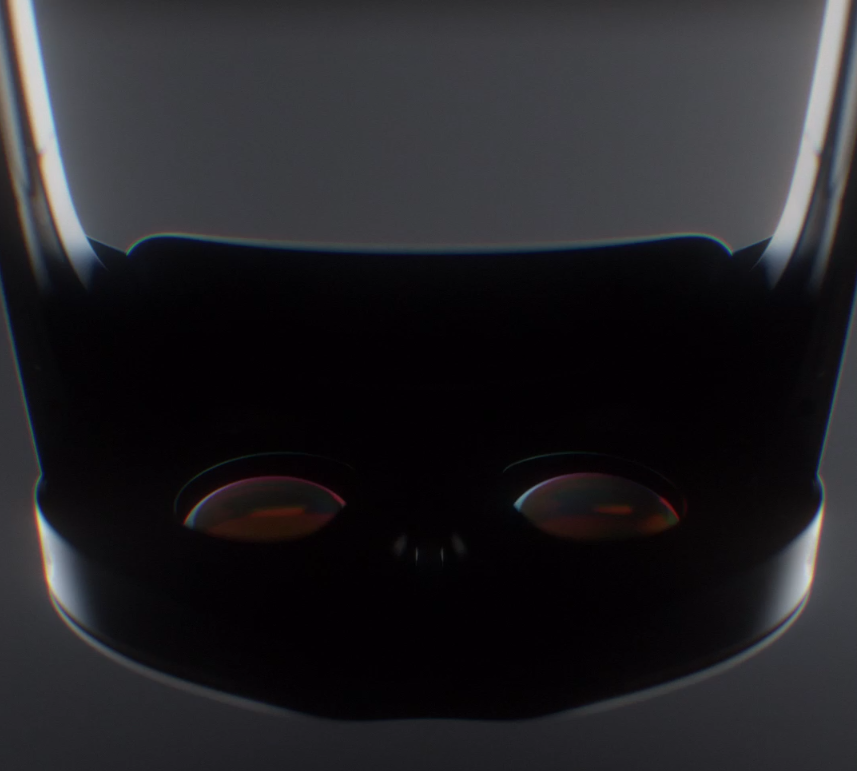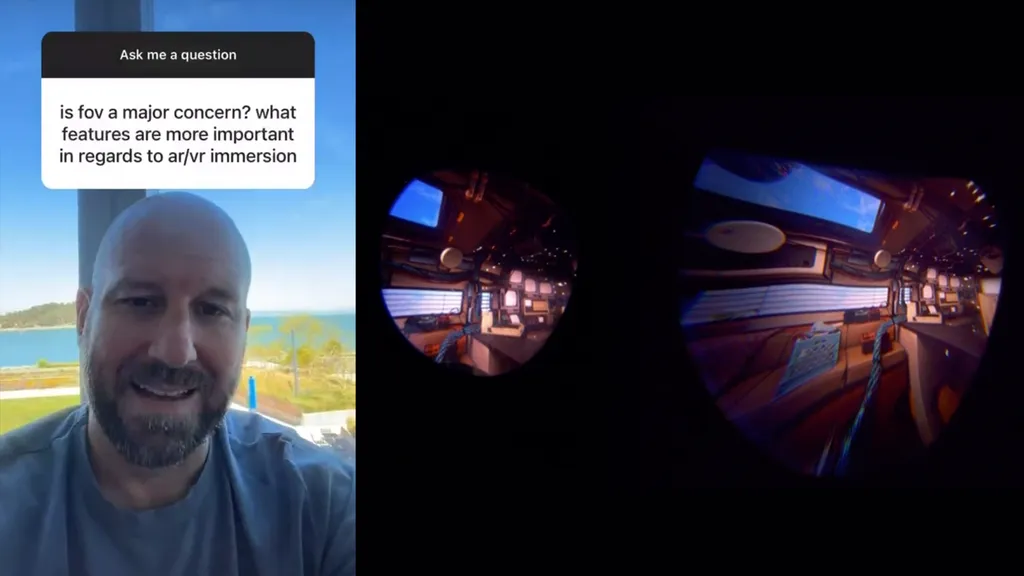Meta CTO Andrew Bosworth shared his thoughts on increasing the field of view of Quest headsets.
During his most recent Instagram “ask me anything” session, Bosworth was asked “is fov a major concern? what features are more important in regards to ar/vr immersion”. He responded:
I love this question because field of view is cool. And I’ve played with demos of really wide field of view glasses and enjoyed it. Actually, really tall field of view had way more immersive capacity for me for some reason – I could really feel like I was at the edge of the cliff.
Having said that, field of view is a really expensive thing to increase because you’re adding a lot of pixels by definition that won’t be that useful – they’ll be in the periphery and they’re just as expensive to power.
So far it hasn’t felt like the right tradeoff.
Human field of view is over 200 degrees horizontal. But the roughly 90-100° horizontal field of view of Oculus headsets has not meaningfully changed since the original Rift launched in 2016. In fact, every headset from the company since 2018’s Oculus Go, including the current Quest 2, has used the same lens known as Super Libra G.
Few other headsets on the consumer market have a noticeably wider field of view either, with the exception of Valve’s Index (around 110° horizontal) and Pimax’s”‘5K+” and “8K” series (around 150° horizontal).

In May 2018 at its annual F8 conference Facebook showed off a prototype headset called Half-Dome with a 140° field of view, but the main focus of this research was variable focus. Half-Dome 2 and 3 were presented 16 months later with more compact lenses with a narrower field of view, hinted to be around 110°.
This change reflects Meta’s design focus of making headsets more compact – a goal that directly conflicts with achieving a wider field of view. Project Cambria, Meta’s high end headset launching this year, achieves a thinner visor through the use of pancake lenses. But pancake lens headsets so far, such as HTC’s Vive Flow, actually have a narrower field of view than headsets using fresnel or aspheric lenses.
Interestingly, at Oculus Connect 5 in 2018 Facebook’s Chief Scientist Michael Abrash said pancake lenses “can also support ultra wide fields of view, all the way out to somewhere around 200 degrees”, noting “pancake headsets may be optimized for form factor and comfort rather than field of view, but if so that will be a choice, because they could have had an ultra wide field of view instead”.

Could Bosworth’s comments suggest future Meta headsets will have a taller field of view? New Quests are rumored to launch in 2023 and 2024.


























